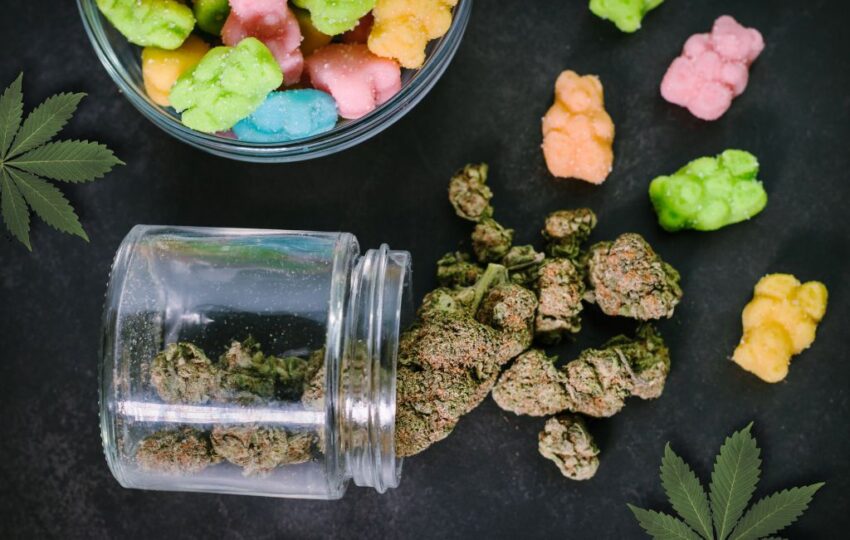The legal status of marijuana has been a topic of significant debate and transformation over the past few decades. As more regions reconsider their stance on cannabis, understanding the current regulatory framework becomes increasingly important. This article explores the evolving marijuana regulations, highlighting key regulations, case studies, and statistics that shape this dynamic field.
The Historical Context of Marijuana Legislation
Marijuana has a long history of use, both medicinally and recreationally. However, its legal status has fluctuated dramatically over time. In the early 20th century, many countries began to impose strict regulations on cannabis, largely influenced by international treaties and domestic policies aimed at controlling drug use.
In the United States, the Marihuana Tax Act of 1937 marked the beginning of federal restrictions. This was followed by the Controlled Substances Act of 1970, which classified marijuana as a Schedule I drug, indicating a high potential for abuse and no accepted medical use. This classification has been a point of contention and debate ever since.
Current Legal Status Across the Globe
Today, the legal status of marijuana varies widely across the world. Some countries have embraced full legalization, while others maintain strict prohibitions. Here are a few examples:
- Canada: In 2018, Canada became the second country to legalize recreational cannabis nationwide, following Uruguay. This move has been closely watched by other nations considering similar measures.
- United States: Marijuana remains illegal at the federal level, but many states have enacted their own laws permitting medical and/or recreational use. As of 2023, over 20 states have legalized recreational cannabis.
- Netherlands: Known for its tolerant approach, the Netherlands allows the sale of cannabis in licensed coffee shops, although it remains technically illegal.
- Thailand: In a surprising move, Thailand legalized medical marijuana in 2018, becoming the first Southeast Asian nation to do so.
Key Regulations and Their Implications
Regulations surrounding marijuana often address several key areas, including cultivation, distribution, sales, and consumption. These regulations can have significant implications for businesses, consumers, and law enforcement.
Cultivation and Production
Regulations on cultivation often dictate who can grow marijuana, how much can be grown, and under what conditions. For instance, in Canada, individuals are allowed to cultivate up to four plants per household for personal use. In contrast, some U.S. states have more restrictive policies, limiting cultivation to licensed producers.
Distribution and Sales
The distribution and sale of marijuana are heavily regulated to prevent illegal activities and ensure consumer safety. Licensed dispensaries are typically required to adhere to strict guidelines regarding product testing, packaging, and labeling. In Colorado, for example, all cannabis products must be tested for potency and contaminants before they can be sold.
Consumption and Public Use
Regulations on consumption often focus on where and how marijuana can be used. Public consumption is generally prohibited, with designated areas or private residences being the primary locations for use. This is the case in many U.S. states, where public smoking is restricted to prevent secondhand exposure.
Case Studies: Lessons from Legalization
Examining case studies from regions that have legalized marijuana can provide valuable insights into the effects of such policies.
Colorado: A Pioneer in Legalization
Colorado was one of the first U.S. states to legalize recreational marijuana in 2012. Since then, the state has seen significant economic benefits, including increased tax revenue and job creation. However, challenges such as impaired driving and youth access have also emerged, prompting ongoing regulatory adjustments.
Uruguay: A National Approach
Uruguay’s decision to legalize marijuana in 2013 was groundbreaking, as it was the first country to do so nationwide. The government controls the entire supply chain, from production to sale, aiming to reduce illegal trafficking. This model has been praised for its focus on public health and safety.
Statistics and Trends
Statistics play a crucial role in understanding the impact of marijuana legalization. Here are some notable figures:
- In 2022, the global legal cannabis market was valued at approximately $20 billion, with projections suggesting it could reach $90 billion by 2026.
- In the United States, states with legalized marijuana have reported a decrease in opioid-related deaths, suggesting potential public health benefits.
- Surveys indicate that public support for marijuana legalization continues to grow, with over 60% of Americans in favor of legalizing recreational use.
Challenges and Future Directions
Despite the progress made in marijuana legalization, several challenges remain. These include addressing public health concerns, ensuring equitable access to the industry, and navigating international treaties that still classify cannabis as an illegal substance.
Looking ahead, the future of marijuana regulations will likely involve balancing economic opportunities with public safety and health considerations. As more regions explore legalization, the lessons learned from early adopters will be invaluable in shaping effective policies.
Conclusion
The legal status of marijuana continues to evolve, with significant variations across different regions. As more areas consider legalization, understanding the regulatory framework becomes increasingly important. By examining historical context, current regulations, case studies, and statistics, we gain a comprehensive view of the challenges and opportunities that lie ahead. The journey towards effective marijuana regulation is ongoing, with each step offering new insights and lessons for policymakers and stakeholders worldwide.
